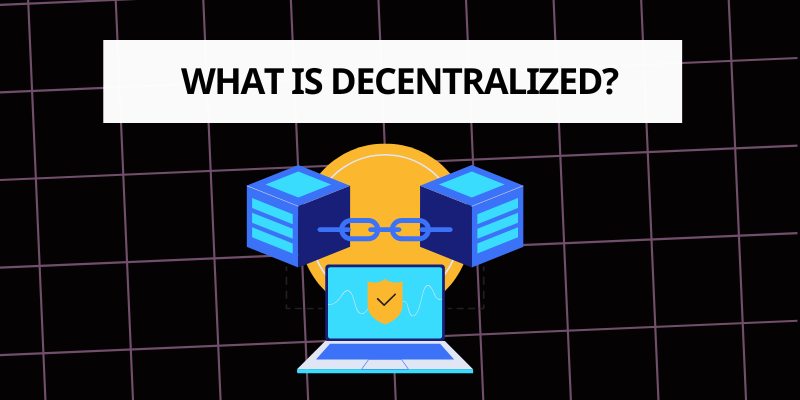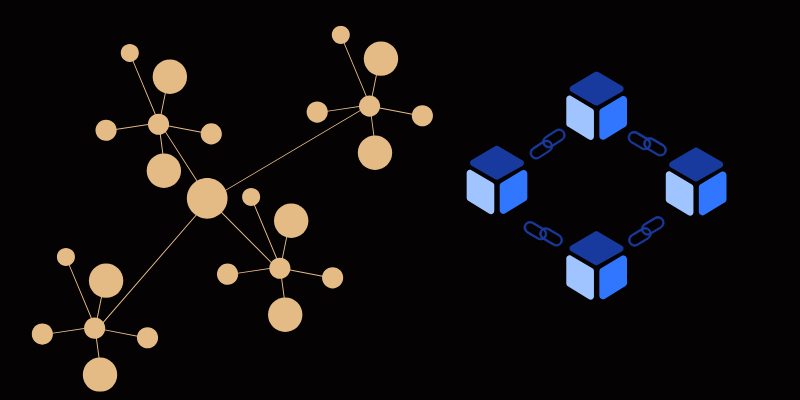In today’s interconnected world, the term “decentralized” has gained significant traction across various domains, from technology to governance and economics. But what is decentralized, exactly? At its core, decentralization refers to the process of distributing power, control, or functions away from a single central authority and spreading them across multiple entities, individuals, or nodes. This shift away from centralized systems has profound implications for how we organize societies, build technologies, and even conduct business.
Understanding the Concept: What is Decentralized?
To answer “what is decentralized,” we need to look at its fundamental meaning. In a decentralized system, there is no single point of control or failure. Instead, authority and responsibility are shared among various participants, each operating with a degree of autonomy. This stands in stark contrast to centralized systems, where a single entity—be it a government, a corporation, or a server—holds all the power. For example, in a centralized organization, decisions flow top-down from executives, while in a decentralized one, regional managers or teams might make choices independently based on local needs.

In the realm of technology, “what is decentralized” often brings to mind blockchain, the backbone of cryptocurrencies like Bitcoin and Ethereum. Here, data isn’t stored on one central server but is replicated across thousands of computers (nodes) worldwide. Each node verifies and records transactions, ensuring that no single entity can manipulate the system. This illustrates a key aspect of decentralization: it eliminates reliance on a central authority, fostering a more resilient and democratic structure.
Key Features of Decentralization
So, what is decentralized in terms of its defining traits?
First, it involves the distribution of power, meaning no one entity has absolute control.
Second, it promotes autonomy, allowing individual components—whether people, departments, or machines—to operate independently.
Third, decentralized systems are often resistant to censorship or interference because there’s no central point to target.
Finally, they tend to be more resilient; if one part fails, the rest can continue functioning.
These characteristics make decentralization appealing in various contexts.
Real-World Examples of Decentralization
To fully grasp “what is decentralized,” let’s look at some practical examples. In business, a multinational company might adopt a decentralized structure, empowering local branches to tailor strategies to their markets rather than adhering to rigid directives from headquarters. This flexibility can lead to faster decision-making and better customer satisfaction.
In technology, the internet itself was originally designed as a decentralized network. Although it has become more centralized with the dominance of tech giants like Google and Amazon, peer-to-peer networks and decentralized applications (dApps) are pushing back toward its roots. Blockchain technology, as mentioned earlier, is a prime example of what is decentralized in action. It enables secure, transparent transactions without banks or governments as intermediaries.
In society, decentralized governance models—like cooperatives or community-led initiatives—distribute decision-making among members rather than vesting it in a single leader. This can enhance participation and accountability, though it may also complicate coordination.

Benefits of Decentralization
Why does understanding “what is decentralized” matter? The advantages are numerous. For one, it speeds up processes by eliminating bottlenecks; decisions don’t need to wait for approval from a distant authority. It also fosters innovation, as individuals or smaller units have the freedom to experiment and adapt. In technology, decentralization enhances security—hacking one node in a blockchain doesn’t compromise the entire network. Additionally, it reduces the risk of systemic failure, a critical feature in everything from power grids to financial systems.
Challenges to Consider
However, what is decentralized isn’t without drawbacks. Coordination can become tricky when multiple parties operate independently, potentially leading to inconsistencies. In tech, decentralized systems like blockchain can be slower than centralized ones due to the need for consensus among nodes. Scaling such systems to handle massive volumes of data or users also poses challenges. In organizations, too much autonomy might dilute a unified vision, creating fragmentation.
The Future of Decentralization
As we ponder “what is decentralized” moving forward, its relevance is only growing. The rise of Web3—a vision for a decentralized internet—promises to return control to users rather than corporations. Decentralized finance (DeFi) is transforming how we borrow, lend, and invest, bypassing traditional banks. Even governments are exploring decentralized models to enhance transparency and citizen engagement.
In conclusion, “what is decentralized” encapsulates a shift toward shared power and resilience. Whether in tech, business, or society, it challenges the status quo of centralized control, offering both opportunities and hurdles. As this concept continues to evolve, it’s clear that decentralization will play a pivotal role in shaping our future.

